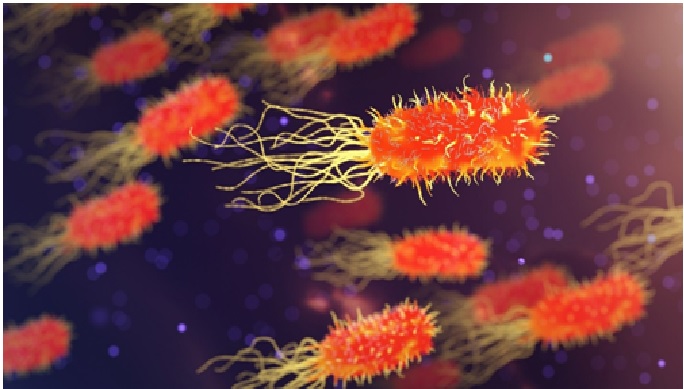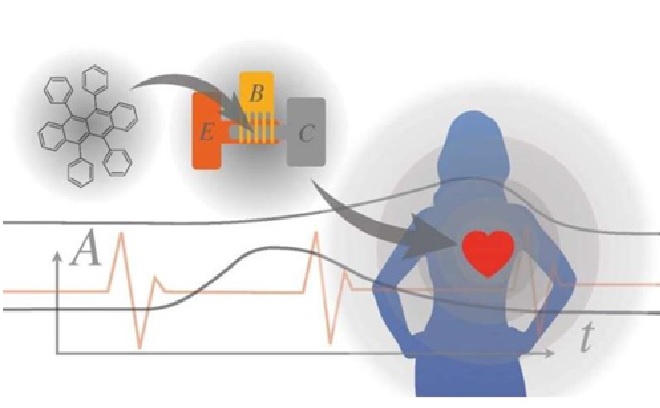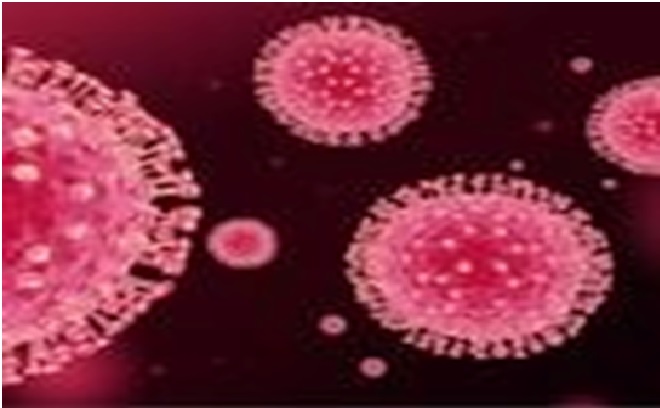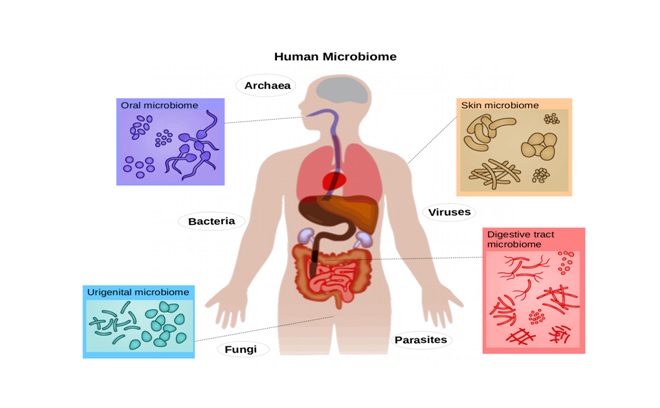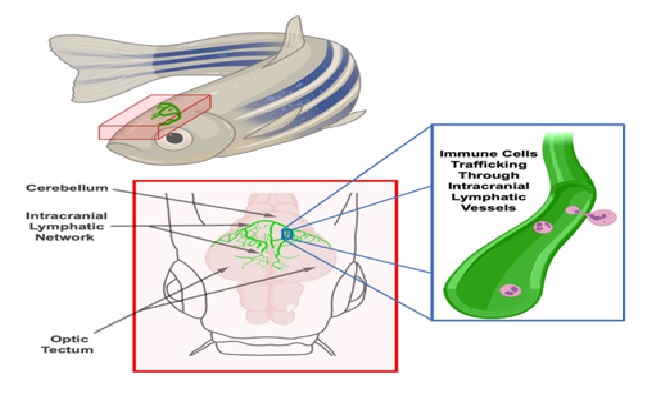Electric nanomotor made from DNA material
A research team led by the Technical University of Munich (TUM) has succeeded for the first time in producing a molecular electric motor using the DNA origami method. The tiny machine made of genetic material self-assembles and converts electrical energy into kinetic energy. The new nanomotors can be switched on and off, and the researchers can control the rotation speed and rotational direction.
Be it in our cars, drills or the automatic coffee grinders – motors help us perform work in our everyday lives to accomplish a wide variety of tasks. On a much smaller scale, natural molecular motors perform vital tasks in our bodies. [1]

Figure 1. Electric nanomotor made from DNA material
Figure 1 shows while natural molecular motors are essential, it has been quite difficult to recreate motors on this scale with mechanical properties roughly similar to those of natural molecular motors like ATP synthase. A research team has now constructed a working nanoscale molecular rotary motor using the DNA origami method and published their results in Nature. [2]
A self-assembling nanomotor
The novel molecular motor consists of DNA – genetic material. The researchers used the DNA origami method to assemble the motor from DNA molecules. This method was invented by Paul Rothemund in 2006 and was later further developed by the research team at TUM. Several long single strands of DNA serve as a basis to which additional DNA strands attach themselves to as counterparts. The DNA sequences are selected in such a way that the attached strands and folds create the desired structures. [3]
Targeted movement through AC voltage
Without energy supply, the rotor arms of the motors move randomly in one direction or the other, driven by random collisions with molecules from the surrounding solvent. However, as soon as AC voltage is applied via two electrodes, the rotor arms rotate in a targeted and continuous manner in one direction.
The targeted movement of the motors results from a superposition of the fluctuating electrical forces with the forces experienced by the rotor arm due to the ratchet obstacles. The underlying mechanism realizes a so-called "flashing Brownian ratchet." The researchers can control the speed and direction of the rotation via the direction of the electric field and also via the frequency and amplitude of the AC voltage. [4]
References:
- https://sciencenewsnet.in/first-electric-nanomotor-made-from-dna-material/
- https://vervetimes.com/first-electric-nanomotor-made-from-dna-material/
- https://www.tum.de/en/about-tum/news/press-releases/details/37521
- https://www.sciencedaily.com/releases/2022/07/220721101510.htm
Cite this article:
Thanusri swetha J (2022), Electric nanomotor made from DNA material, AnaTechMaz, pp.49



